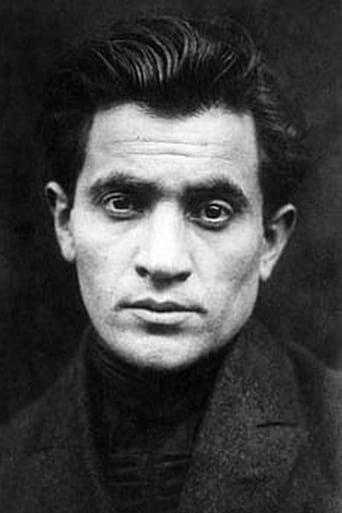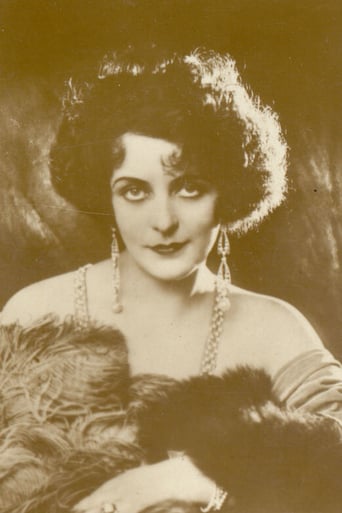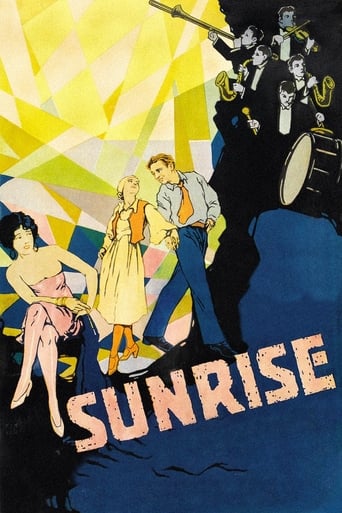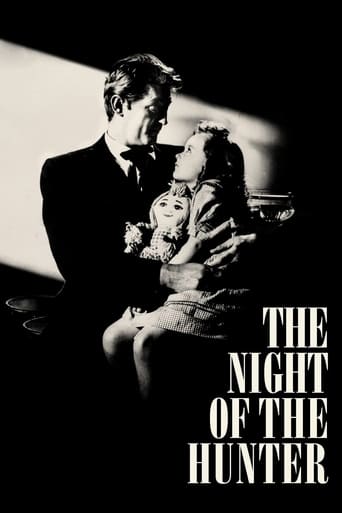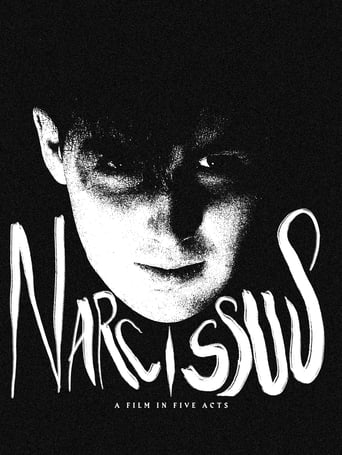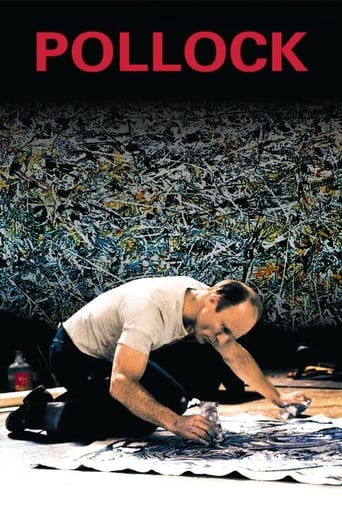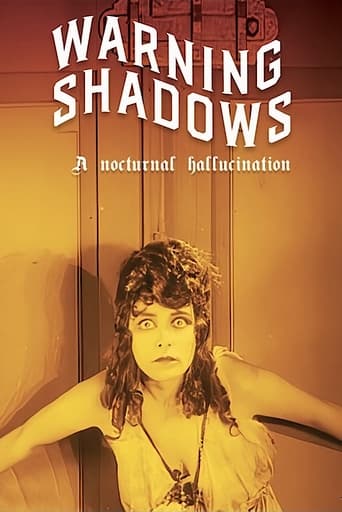
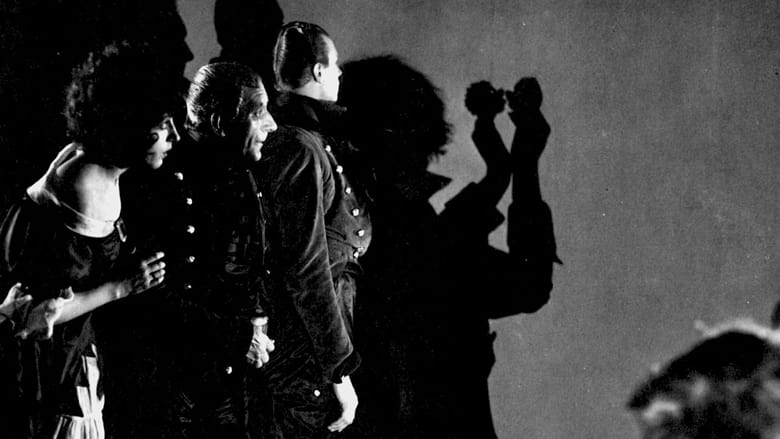
Warning Shadows (1923)
During a dinner given by a wealthy baron and his wife, attended by four of her suitors in a 19th century German manor, a shadow-player rescues the marriage by giving all the guests a vision what might happen tonight if the baron stays jealous and the suitors do not reduce their advances towards his beautiful wife. Or was it a vision?
Watch Trailer
Cast


Similar titles
Reviews
I cannot think of one single thing that I would change about this film. The acting is incomparable, the directing deft, and the writing poignantly brilliant.
if their story seems completely bonkers, almost like a feverish work of fiction, you ain't heard nothing yet.
It is neither dumb nor smart enough to be fun, and spends way too much time with its boring human characters.
It's simply great fun, a winsome film and an occasionally over-the-top luxury fantasy that never flags.
During a dinner, given by a wealthy baron and his wife, attended by four of her suitors in a 19th century German manor, a shadow-player rescues the marriage by giving all the guests a vision what might happen tonight if the baron stays jealous and the suitors do not reduce their advances towards his beautiful wife.What strikes me about this film is just how German it is. I have no idea what was going on in Germany in the 1920s, but they had a definite vision on how to use shadows and light in their films. While this is not German expressionism, it is not so far removed that we cannot see the German aesthetic.In some ways, we might be better comparing this to "Prince Achmed", a cartoon that relied on shadows rather than drawing. Again, a German film. I am surprised by how much a country's boundary could define their films. Today, I do not feel that a film made in any one country is so obviously differently from another...
For further reading I recommend an excellent article on the film in the film magazine 'Traffic' (nb. 33) by the German movie aficionado Enno Patalas. Patalas was also the driving force behind a complete restoration of the film at the Munich Filmmuseum - surprisingly there are some (hand- )colored sections in the original version. The shadow theater puppets shown in the movie were created by the German expressionist artist Ernst Moritz Engert, who was well connected to the early expressionist art- and literature-scene in Berlin and Munich. I adore the movie for exploring the deep aesthetic relations between the art of the shadow play and movie as an art itself - from my point of view the earliest and most reflected approach to provide a genuine philosophical statement on film.
I'm a passionate advocate on behalf of German Expressionist films, especially from the silent era. I'm still bitter about an incident at the 1982 World Science Fiction Convention in Chicago, when an audience full of idiots (jaded by high-tech S/FX movies) laughed at the cardboard sets in 'The Cabinet of Dr Caligari'. Those morons didn't care that the high degree of originality and imagination in 'Caligari' more than made up for its tiny production budget.'Shadows', however, while firmly within the Expressionist genre, is too arty for its own good. While this film does have some merits, its flaws greatly outnumber and exceed its merits.All the actors perform their roles with hand-to-brow histrionics of precisely the sort which have given silent-film acting a bad reputation. Several of the actors in this movie have given good performances elsewhere, so I assume that director Arthur Robison deserves the blame for their mannered theatrics here. During one scene, when a swain aims a punch at his rival, the actor cannot simply throw a punch: he must put his fist up against the other man's face, and then shove.Alexander Granach, as a showman with a shadow box and shadow puppets, demonstrates some extremely deft hand shadows, apparently with no other props supplementing his hands. But, when the puppet-master isn't performing, Granach lurches across the screen like Igor the hunchback. Ruth Weyher is pretty and graceful but is given no opportunity to behave like a human being.This silent film was originally released with no intertitles. Several other silent features also eschewed captions -- 'The Last Laugh', "The Old Swimmin' Hole", 'The Last Moment' -- but those films had linear plots which the audience could easily follow. The plot of 'Shadows' is deeply confusing, made even more confusing by the arty pretensions, and the story would have been far easier to follow with some captions. A curator at the Murnau Archiv has told me that 'Shadows' was given intertitles by several exhibitors when it was released outside Germany.The plot -- such as it is -- vaguely reminded me of Renoir's 'Rules of the Game' and Bergman's 'Smiles of a Summer Night': in a swank country manor, some people with more money than sense amuse themselves at each other's expense. But here the cast members are introduced in arty tableaux that are more alienating than edifying. After the final tableau, we're treated to the odd spectacle of a single upraised finger casting a shadow on the screen. What does this mean, please? Later, in hindsight, we understand that this signifies the beginning of the drama's Chapter One. (I saw this film in London, where the audience burst out laughing at the start of Chapter Two, symbolised by a hand with TWO upraised fingers: in Britain, this two-fingered gesture has obscene connotations.) The finger device is confusing, and adds nothing to the story ... nor does the decision to divide the narrative into arbitrary chapters.The production design is impressive: judging by the furniture and clothes, this story takes place somewhere in Europe (probably Germany) circa 1830: again, some titles would have helped. But Robison considerably weakens the effect of these wonderful costumes and sets by obscuring them with elaborate shadows, and by gimmicky effects such as raising and lowering a proscenium curtain in front of the actors. (As if we need to be reminded that this very artificial story is merely a story!) Considerable talent, effort and expense were put into 'Shadows', to little effect. Rather a lot of today's movie-goers are sadly prejudiced against silent films, misperceiving them all to be crude and laughably overacted. Sadly, 'Shadows' is precisely the sort of movie which would convince such people that all the negative stereotypes about silent movies are true after all. My rating for this failure: 2 out of 10, mostly for the production design.
This had been something of a holy grail for me: while there's very little that's actually written about it (even following this DVD release from Kino - I came across only 1 online review!), its reputation as a highpoint of the German Expressionist movement had always preceded it and I had personally been intrigued for years by a single still from the film in the British periodical from the early 80s, "The Movie".Well, having at long last watched the film (thanks, Kino, also the 'rescuers' of another rare Silent classic - Paul Leni's THE MAN WHO LAUGHS [1928]), I can say that it's a genuine masterwork which well and truly belongs with the other classics of the early German cinema (particularly the Expressionist horror films, even if WARNING SHADOWS is not a genre effort per se). Still, there are undeniable macabre overtones in the story about a dinner party comprising a jealous man, his flirtatious wife and her four suitors that's 'invaded' by the owner of a traveling puppet-show who may or may not be a magician as well.Actually, the film looks forward to several others in its theme and approach: first of all, its complete lack of intertitles (this is a purely visual film) precedes F.W. Murnau's more celebrated THE LAST LAUGH (1924), the silhouetted puppet show anticipates Lotte Reiniger's THE ADVENTURES OF PRINCE ACHMED (1926; the first 'animated' film) and the 'film-within-a-film' scenario (where we have the magician 'borrowing' the shadows of the guests in order to allow them to see for themselves what is to be the tragic outcome of the night) also looks forward to a similar 'morality play' performance at the centre of another Murnau film, TARTUFFE (1925)! As I said, the film's look - sets by Albin Grau and camera-work by Fritz Arno Wagner (both of whom had worked on Murnau's NOSFERATU [1922]) - and the techniques deployed - particular attention is given to the lighting scheme as, in the absence of dialogue, this functions as much as an illumination of the various characters and what they may be thinking as the actors interpreting them! - are incredible (even after all these years): the plot itself is very simple and, in fact, if the film has a fault it's that it takes this a bit too slowly; all the various characters are introduced at the very start in a prologue which occupies the first five minutes of the picture! Then again, by the time the magician's terrifying and murderous visions had reached their crescendo (this here is, by far, the best section of the film), I had become so completely absorbed that I was actually surprised when the picture shifted back to the main narrative, indicating that it was nearing conclusion! As befits an Expressionist film, the acting style (but also the make-up) is slightly exaggerated with the result that some of it may seem awkward today (the leading lady and the three elderly suitors, for instance). Much better are the three more notable names in the cast - Fritz Kortner as the husband, Gustav von Wangeheim (who had been Jonathan Harker in NOSFERATU) as the infatuated youth and especially Alexander Granach (yet another NOSFERATU alumnus, where he had made a creepy Renfield) as the scruffy-looking and somewhat unhinged magician; indeed, the latter makes for a truly memorable character - and I could just imagine him going to the next house or the next village after the end of our story to provide some more of his specialized 'entertainment'! The figure of director Arthur Robison, then, is something of an enigma: he was an American who ended up working in Germany; I haven't seen any of his other work and doubt how much of it actually survives at this juncture - but he did contrive to make the original version of THE INFORMER (featuring, apart from a very young Ray Milland, German actors Lars Hanson and Lya De Putti!) in Britain in 1929, while in 1935 came his remake of the oft-filmed German folktale THE STUDENT OF PRAGUE, starring the great Anton Walbrook in the famous dual role...


